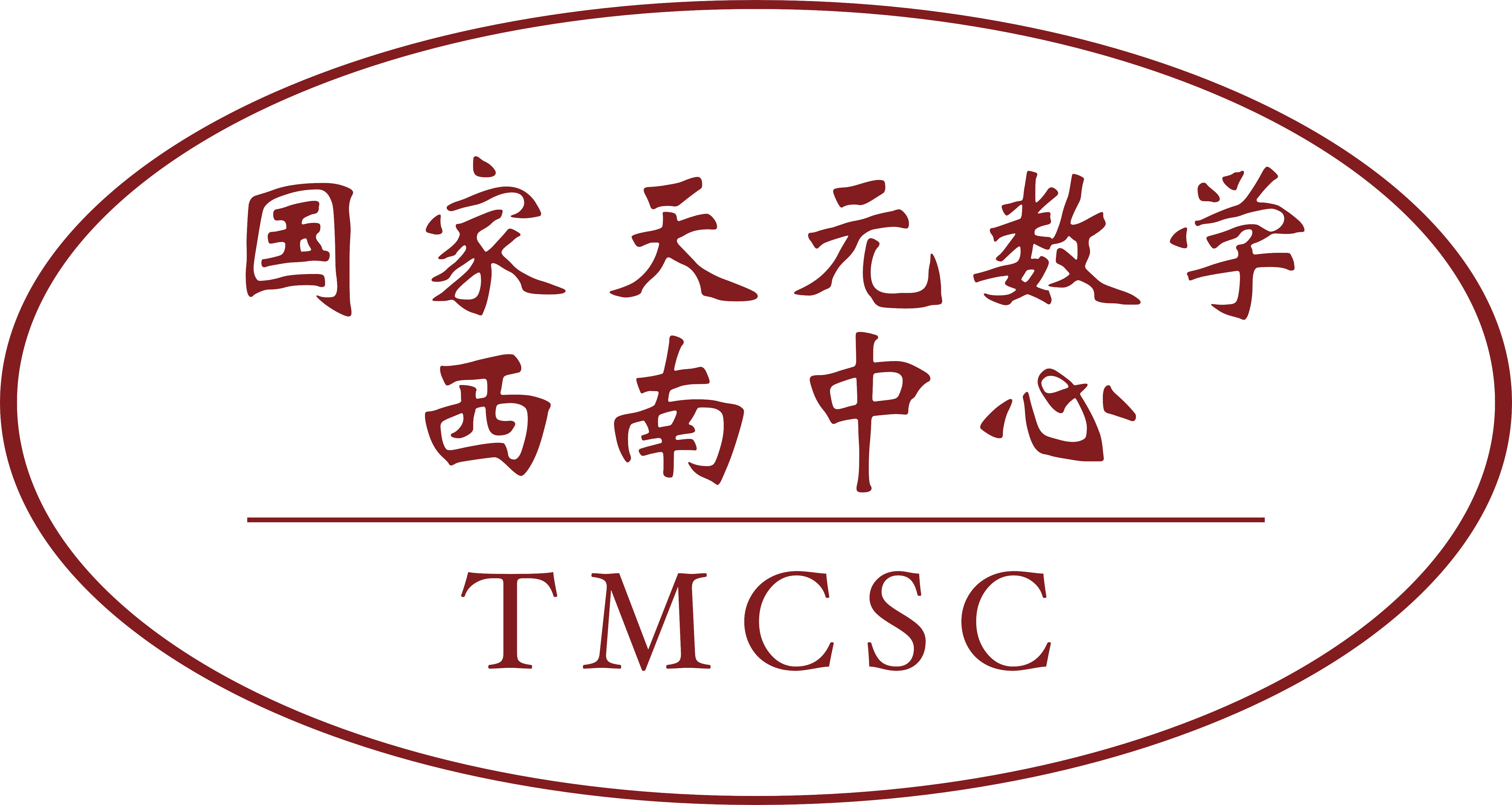Attitude control of multi-rigid-body systems: from synchronization to intrinsic formation
[TMCSC]
July 23, 2018 16:30-17:30
W303 School of Mathematics, Sichuan University
![[lecture]Xiaoming Hu0723-01.png [lecture]Xiaoming Hu0723-01.png](http://tianyuan.scu.edu.cn/upload/default/20180720/%5Blecture%5DXiaoming%20Hu0723-01.png)
SPEAKERS
Xiaoming Hu (Department of Mathematics KTH Royal Institute of Technology)
ABSTRACT
Attitude control has attracted great research attention both due to its practical implication and mathematical challenges. In this talk we will present our study on attitude control of multi-rigid-body systems for which a key assumption is that only relative attitude errors are available for feedback control design. We will first consider systems that are modeled by the so-called unicycles, namely they have one degree of freedom in orientation and two degrees of freedom in translation. Under the assumption that the neighborhood for communication is defined by translational distance, we study the minimal proportion of “leaders” needed such that all the “followers” can be synchronized in orientation. We then move on to discuss the full attitude synchronization problem for which a simple and intuitive linear control design based on the axis-angle representation is presented, which also makes the maximal open (geodesically) convex ball of initial attitudes invariant. When only relative attitude information is used for feedback design, for any distributed attitude formation problem the synchronized states are always equilibria of the closed-loop system regardless of the topology of the inter-agent graph for communication, as long as the control law is Lipschitz continuous. However, due to the fact that the involved manifolds are compact and without boundary, continuous time-invariant feedback control will also yield some other closed-loop equilibria that may vary with the graph topology. These equilibria represent different attitude configurations of the system, which may include a desired (intrinsic) formation depending on the application. Then a natural and interesting question arises: is it possible to achieve a desired formation by imposing some proper inter-agent graph to the system and then making that formation asymptotically stable? In the last part of the talk, we will use the case of reduced attitudes to answer this question affirmatively. We will show that all regular polyhedra on the unit sphere can be achieved this way.
ORGANIZERS
Hui Kou (Sichuan University)
Xu Zhang (Sichuan University)
Jie Zhou (Sichuan University)
SUPPORTED BY
Tianyuan Mathematical Center in Southwest China
School of Mathematics, Sichuan University
VIDEO
- Attitude control of multi-rigid-body systems: from synchronization to intrinsic formation
- 16:30 - 17:30, 2018-07-23
- Xiaoming Hu (Department of Mathematics KTH Royal Institute of Technology)
